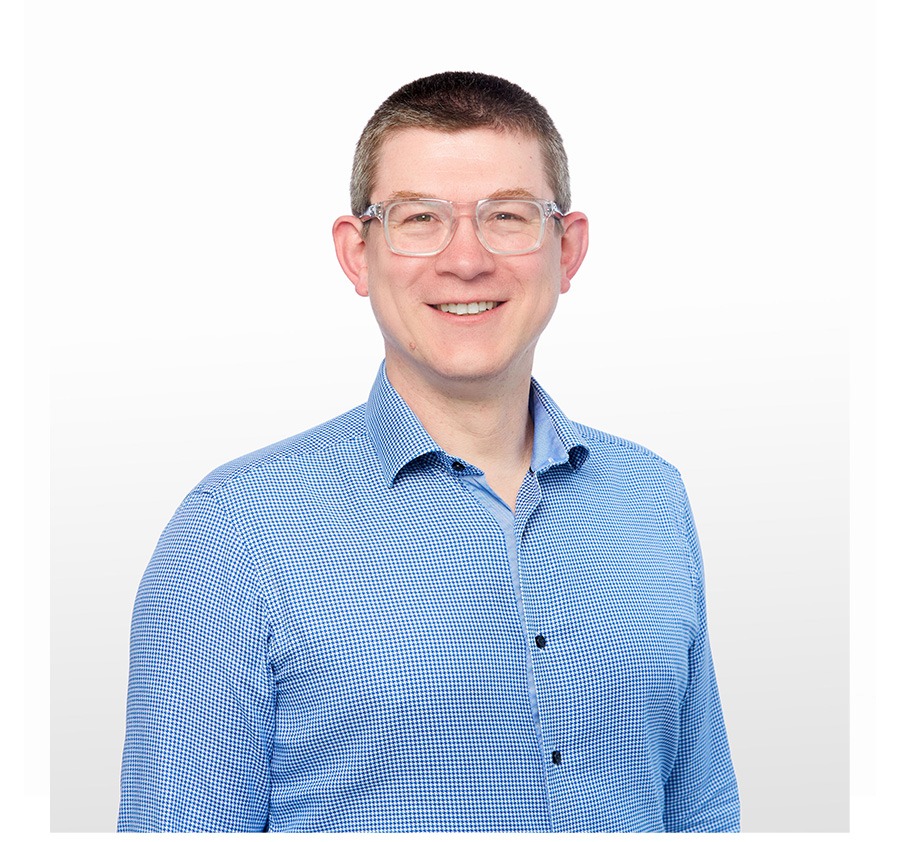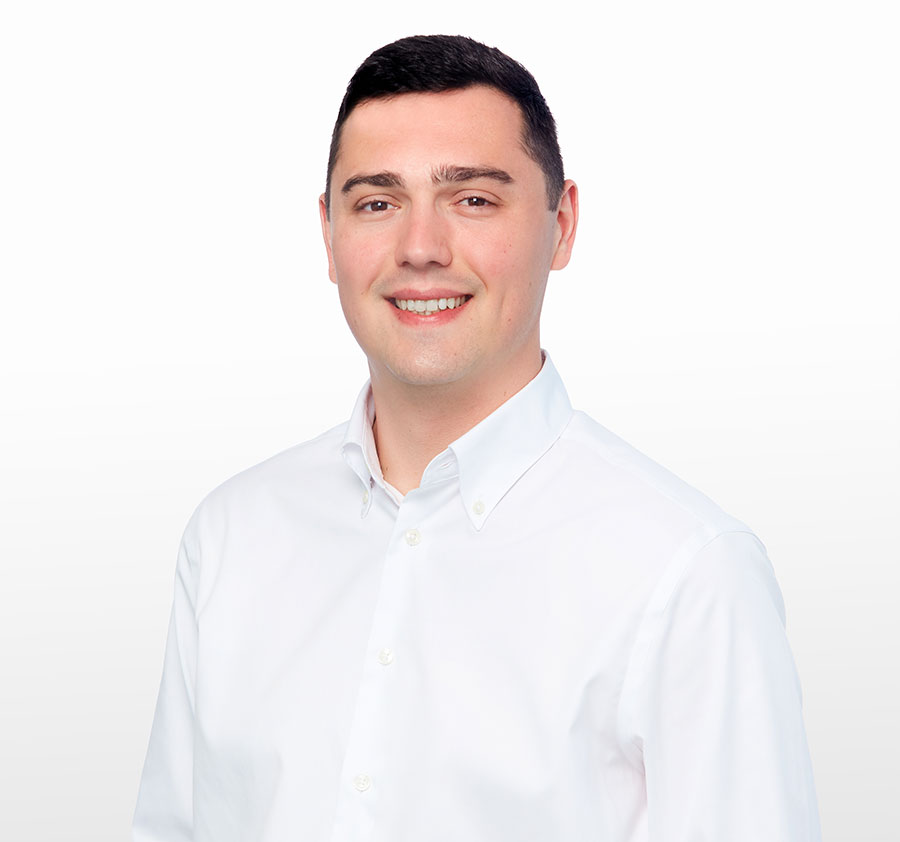About the authors:
David Clark is a partner and patent attorney. With broad technical experience in electronics and computer system design, David specialises in sectors including; video and audio coding, digital electronics, optical storage media, and content delivery and networking.
Richard Bray is a partner and patent attorney. Richard works with a range of clients in technological sectors such as electronic consumer goods, defence, food products, and the more emerging technologies of autonomous vehicles, vehicular head-up displays, virtual and augmented reality, image guided therapy, nuclear (e.g. fusion), quantum security, and more.
Paul Roscoe is a senior associate and patent attorney. Paul has experience of subject-matter including engineering, electronics, and computer-implemented inventions, and in particular, artificial intelligence applications.
Tom Gregory is a trainee patent attorney. Tom’s work is primarily focused on the mechanics and electronics sectors. He also has valuable experience in computer-implemented inventions and software. Tom currently assists clients working in the fields of autonomous vehicles, defence and aerospace.
It is no secret that artificial intelligence (AI) and machine learning (ML) have enabled innovation to grow in myriad application fields. The European Patent Office (EPO) considers applications relating to core AI techniques to be unpatentable. The application of AI and ML techniques to certain fields may be more successful at the EPO if the field is per se considered “technical”.
An examiner from one of various different divisions of the EPO may examine an application depending on where the invention is considered to lie, or at least depending on how it has been drafted.
We decided to test how sensitive examiners are to success rate of applications at such intersecting fields. The fields used are the respective intersections of AI with autonomous vehicles, aerospace and avionics, and traffic and transportation engineering.
Autonomous vehicles (AVs)
Overall grant rates for examiners who have examined applications at the intersection of AI/ML and AVs – 2004-2021 (Fig.1)

As can be seen in fig. 1, the vast majority of examiners who examine applications for inventions at the intersection of AI/ML and AVs grant almost all patent applications they encounter. Even the range for this sample was favourable, spanning examiners with an overall grant rate of between 72% and 99%. The mean was 91%.
With success rates so high, it is difficult to see why some inventors still hold a misconceived notion that it is not possible to protect inventions in this space on account of the invention involving an algorithm. The data clearly demonstrates that a patent application in this space will likely be examined by an examiner who grants most of the applications they come across.
Aerospace and avionics
Overall grant rates for examiners who have examined applications at the intersection of AI/ML and aerospace and avionics – 2004-2021 (Fig.2)

The story for applications at the intersection between AI/ML and aerospace and avionics, is somewhat more complicated, and is therefore interesting.
Again, we see that the median grant rate for examiners examining applications in this space is very high, at 91-100%. However, the range includes some extreme outliers. In this sample, we uncovered an examiner who has an overall grant rate of 0.7%!
These grant rates are overall grant rates. They include all applications examined by an examiner, not just those at the intersection of AI/ML and aerospace and avionics. In any case, an application filed in this space may land on the desk of such an extremely “difficult” examiner. The outcome is likely to be less favourable than if the application were to land on the desk of an examiner with a 91-100% grant rate because the difficult examiner is much more used to refusing applications than granting them. Therefore, it is important to engage with a European Patent Attorney with specialist experience in this space who will be able to draft a patent application to steer it towards more favourable examiners.
Finally, for comparison with other fields, examiners handling applications in this space have a mean grant rate of 78%. Again, applicants should take comfort in this, because an application filed in this space is likely to land on the desk of a favourable examiner.
Traffic and transportation engineering
Overall grant rates for examiners who have examined applications at the intersection of AI/ML and traffic and transportation engineering – 2004-2021(Fig.3)

This space yields different results again. The spread of grant rates for examiners who have handled applications here is greater. The median is either 91-100% or 51-60% overall grant rate.
We believe one reason for this is that this data set covers applications which, if the application is not drafted with European patent prosecution in mind, may be considered non-technical. For example, this space includes one the one hand innovations relating to things like smart traffic lights, and on the other improvements in things like route planning. Controlling a traffic light is likely to be considered technical. Route planning may be treated as technical if correctly drafted as a way of controlling a fleet of vehicles, for example. However, if drafted differently, the same innovation could be treated as a business or administrative method and examined by an examiner with a lower grant rate and who is more used to refusing applications.
The range of overall grant rates for examiners who have examined applications in this space is between 4% and 96%. Whilst this may seem extreme, this space is at an intersection of two fields whose applications are examined very differently. This reinforces our view that applicants would be well advised to engage with a European Patent Attorney experienced at handling applications in this space, and who has the tools to be able to draft the application to steer it toward more favourable examiners.
The mean overall grant rate for examiners who have handled applications in this space is 68%.
Final Thoughts
When innovating at an intersection between two fields where patent applications are examined very differently, there can be much variability in the type of examiner that will examine the application. If you are not currently doing so, we recommend engaging with a European Patent Attorney experienced in such intersecting fields.
At Appleyard Lees IP LLP, we use analytics tools that monitor examiner behaviour. We also have patent attorneys with experience of such intersecting fields. As a result, we are able to help clients steer their patent applications towards more favourable examiners.
Methodology
We took data from our articles titled “The direction of AI patent filings for autonomous vehicles”, “AI patent filings in the field of traffic and transportation engineering – who is on the road to patent dominance?”, and “AI patent filing trends in aerospace and avionics”, to identify the most commonly occurring EPO examiners who examined patent applications at the respective intersections of AI and aerospace/avionics, autonomous vehicles, and traffic/transportation engineering. We then obtained the overall grant rates for each of those examiners, using data from i, to construct the charts in this article. All patent filing data was sourced from PatBase. All examiner and grant rate data was sourced from ipQuants.





















